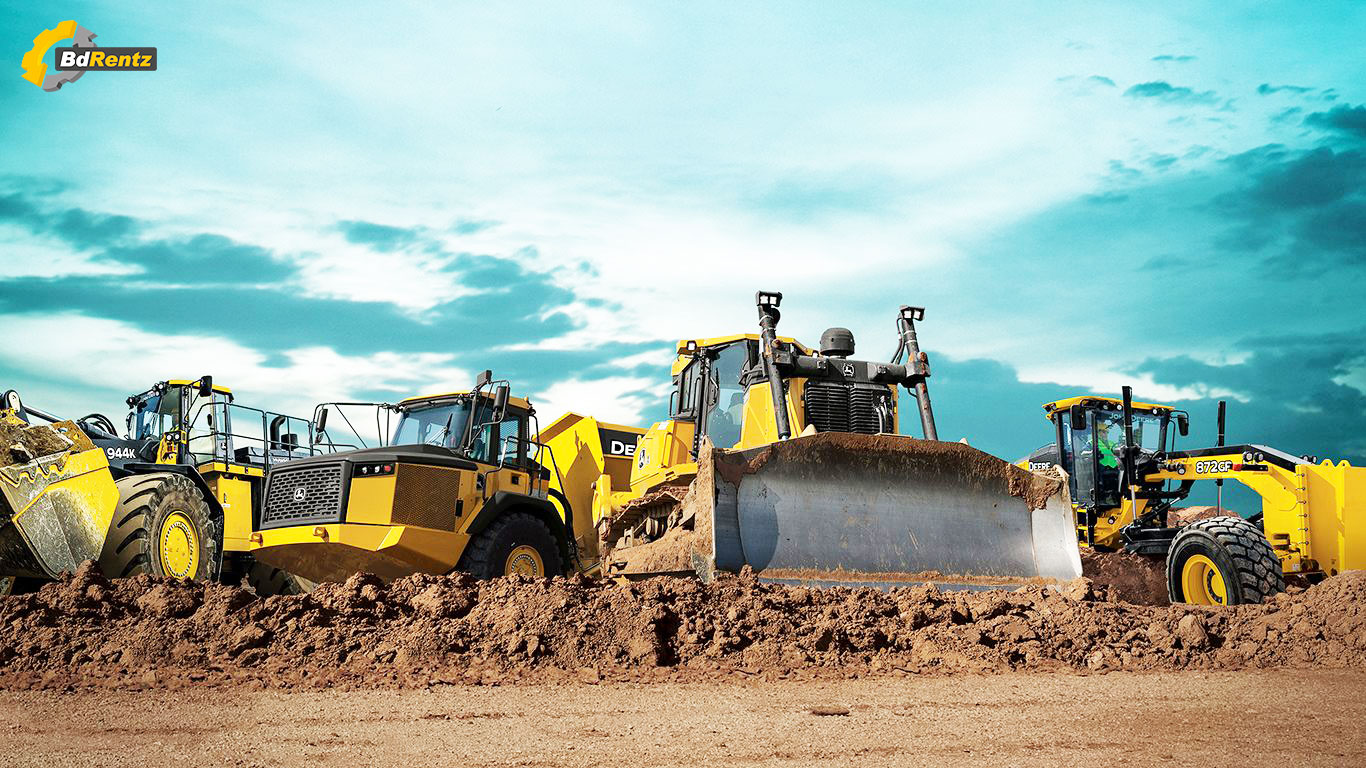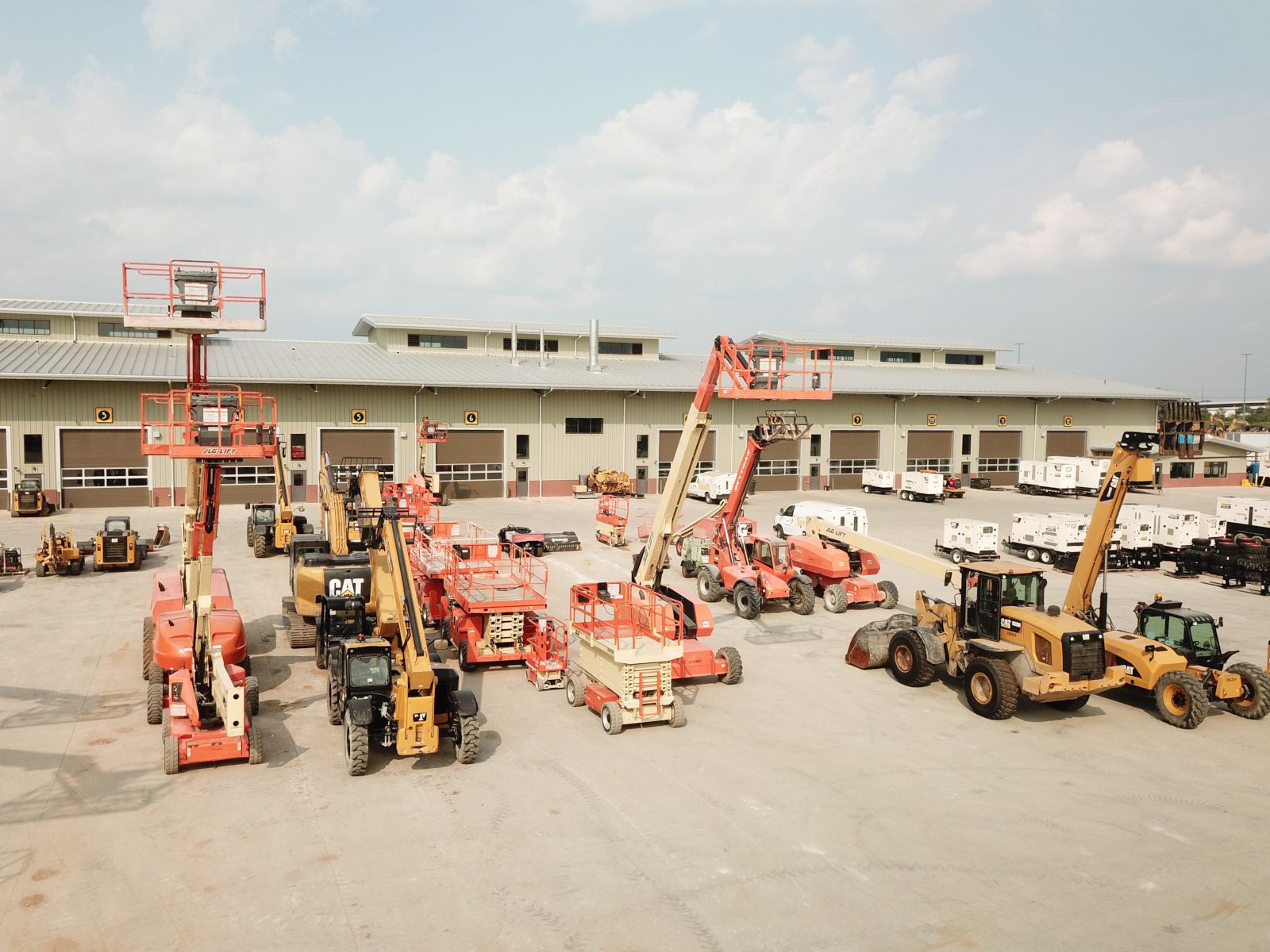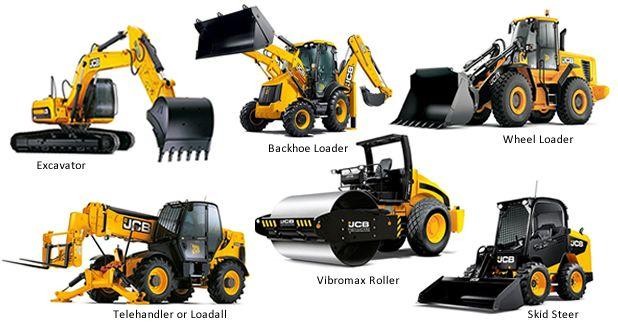Forklift Rental: Heavy Lifting Equipment for Warehousing and More
Forklift Rental: Heavy Lifting Equipment for Warehousing and More
Blog Article
Optimize Your Budget Plan by Comprehending the Costs Associated With Construction Tools Leasings
Comprehending the complete scope of expenses associated with building tools rentals is critical for maximizing your budget plan. What strategies can be utilized to successfully manage these expenses and make sure a more efficient rental experience?
Overview of Rental Prices
When taking into consideration building tools leasings, understanding the linked expenses is paramount for efficient budgeting and project preparation. Rental expenses can vary significantly based upon several variables, consisting of equipment type, period of rental, and area. The preliminary rental cost commonly reflects the tools's market demand and its linked operational capabilities, influencing the total cost.
Along with the base rental rate, secondary expenses might develop, such as transport charges, gas additional charges, and maintenance costs. It is important to make up these additional expenses to precisely assess the overall price of renting out equipment. Moreover, the rental period can affect prices; longer services might get discounted rates, while temporary leasings might incur higher day-to-day charges.

Failure of Rental Prices
A thorough understanding of rental prices is vital for specialists and task supervisors intending to enhance their budget plans. Rental rates for construction equipment usually include a number of elements, including base prices, time-based charges, and usage fees.
Base prices are the core fees connected with the leasing of the equipment, typically figured out by the kind and dimension of the machinery. These prices can differ significantly, influenced by aspects such as equipment need, schedule, and regional market trends. Time-based costs, which may be daily, weekly, or monthly, offer to suit various task timelines and rental periods.
Additionally, rental prices may consist of use charges, which are suitable when tools is utilized beyond a defined limit, making certain that the rental company can account for damage. Seasonal need fluctuations can likewise impact rental prices, with peak building seasons typically regulating greater rates.
In addition, recognizing the rental company's plans concerning maintenance and insurance policy can supply further understanding right into the general price structure. By assessing these components, contractors can make educated choices, guaranteeing the option of rental equipment straightens with both project demands and spending plan restrictions.
Additional Fees to Think About
Recognizing the details of additional fees is vital for contractors to manage their general leasing expenditures effectively. Beyond the common rental prices, numerous additional fees can dramatically impact the total cost of equipment leasing. These charges commonly consist of distribution and pick-up costs, which can differ based on distance and logistics associated with moving the tools to and from the job website.
Additionally, some rental business may enforce gas additional charges if the tools is returned with much less fuel than when leased. It is additionally important to be aware of potential cleansing costs, especially for specific equipment that requires thorough upkeep after usage.

Extensively examining the rental contract and clarifying these added charges in advance can assist contractors avoid unexpected costs and ensure that budgets remain undamaged throughout the task lifecycle.
Repair And Maintenance Expenditures
Normal maintenance and repair expenditures are frequently forgotten elements that can substantially affect the total price of building and construction devices rentals. When leasing equipment, it is critical to think about not just the rental charges but likewise the potential expenses related to maintaining the machinery in optimum operating condition.
Many rental business consist of basic upkeep as component of the rental contract; nonetheless, much more considerable repairs or unanticipated failures can result in extra costs. It's important to evaluate the rental contract meticulously to comprehend what upkeep solutions are covered and what responsibilities fall on the tenant.
Moreover, tools that is not well-maintained can result in ineffectiveness on the work site, possibly raising and causing delays project costs. To mitigate these risks, it is recommended to carry out routine assessments and keep open interaction with the rental provider regarding any problems that occur during use.
Insurance and Liability Costs
Insurance and responsibility prices are essential parts that can significantly impact the overall expenditure of building and construction tools leasings (construction equipment rentals). These costs ensure that both the rental firm and find more the customer are secured from prospective financial losses arising from crashes, damage, or theft during the rental duration

Furthermore, customers need to be conscious of any kind of deductibles or exclusions in the insurance coverage, as these can influence prospective out-of-pocket expenditures. Comprehending the conditions of any type of insurance policy coverage is essential to avoid unanticipated costs. Eventually, budgeting for insurance and obligation expenditures can help make sure a smoother rental experience and secure versus financial dangers associated with building tasks.
Conclusion
In final thought, a thorough understanding of the costs connected with building and construction equipment leasings is crucial for effective budget plan administration. By analyzing rental rates, extra charges, upkeep expenditures, and insurance demands, people and companies can lessen unanticipated expenditures. This tactical technique not just boosts cost-effectiveness however likewise makes certain that projects advance efficiently and efficiently. Ultimately, informed decision-making concerning devices leasings contributes to the general success of building ventures.
Rental prices can vary substantially based on a number of aspects, including equipment kind, period of leasing, and place (dozer rental). The rental duration can affect rates; longer rentals might qualify for discounted prices, while short-term rentals may incur greater everyday charges
By performing complete research and involving with trustworthy rental business, contractors can properly navigate the intricacies of rental prices, inevitably maximizing their economic resources.
Beyond the conventional rental rates, different additional costs can significantly influence the total expense of tools leasing. Rental firms typically give obligation insurance policy that covers injuries to third celebrations or damages to property, while devices damages insurance can cover the expense of fixings or replacement if the leased tools is harmed.
Report this page